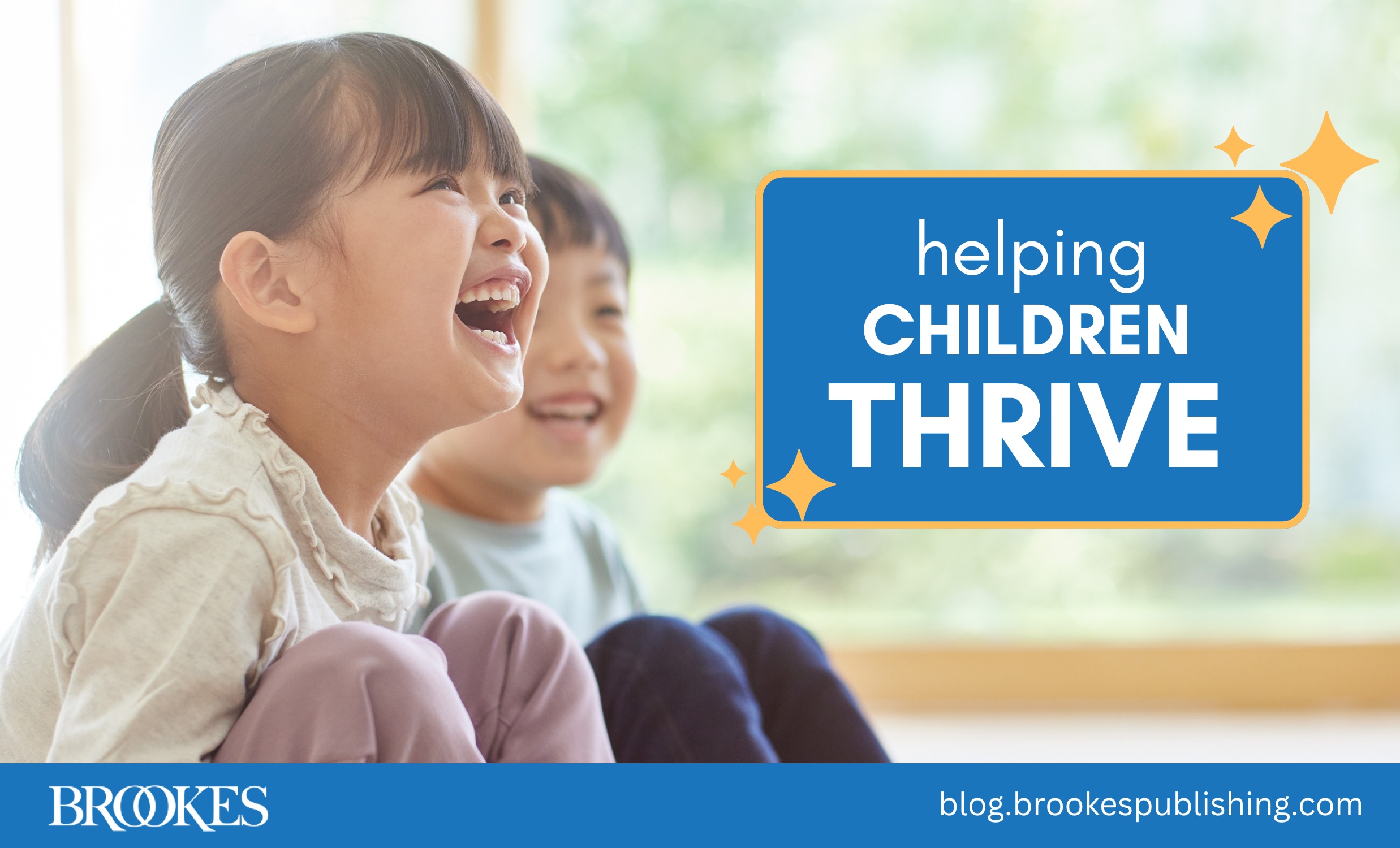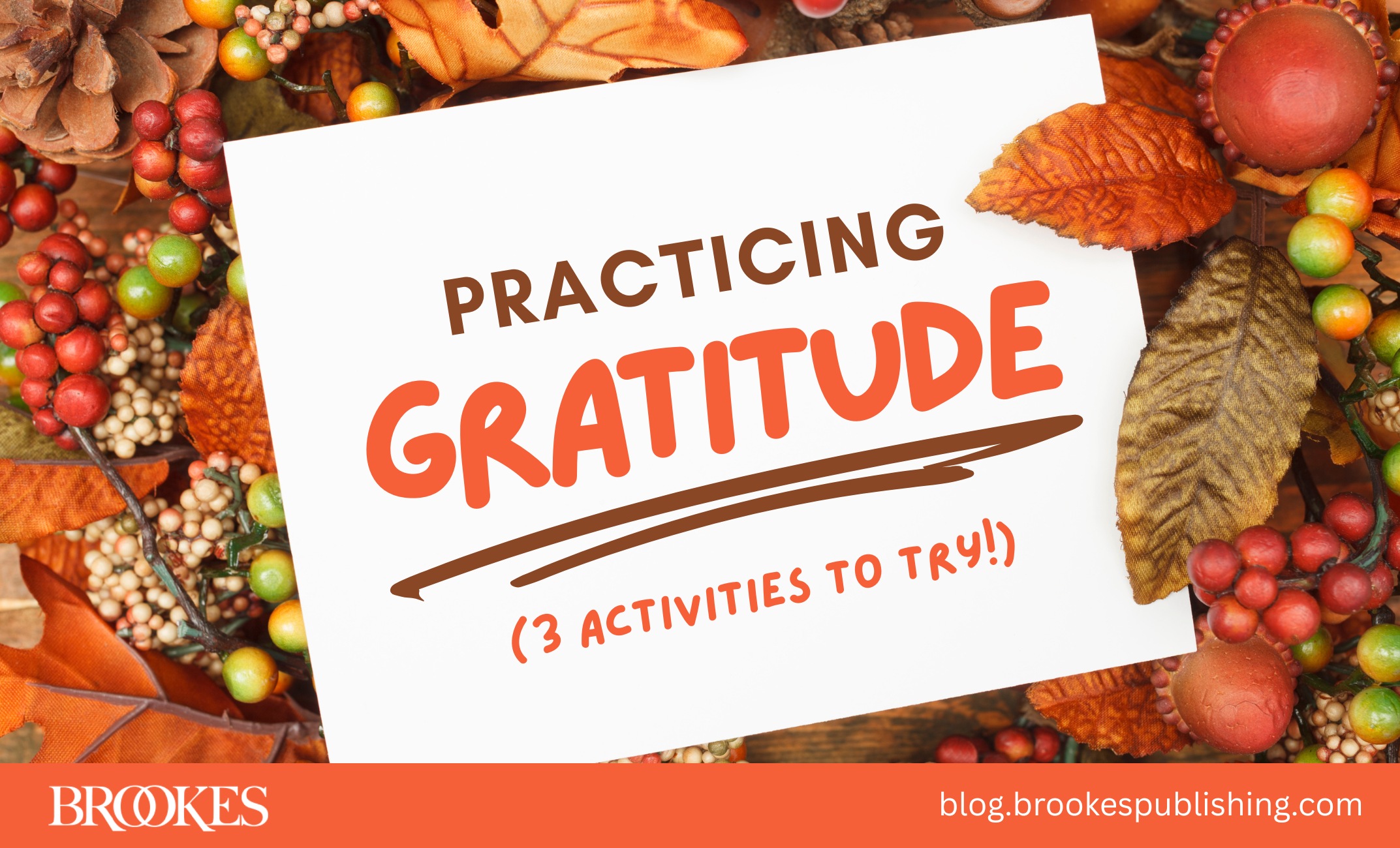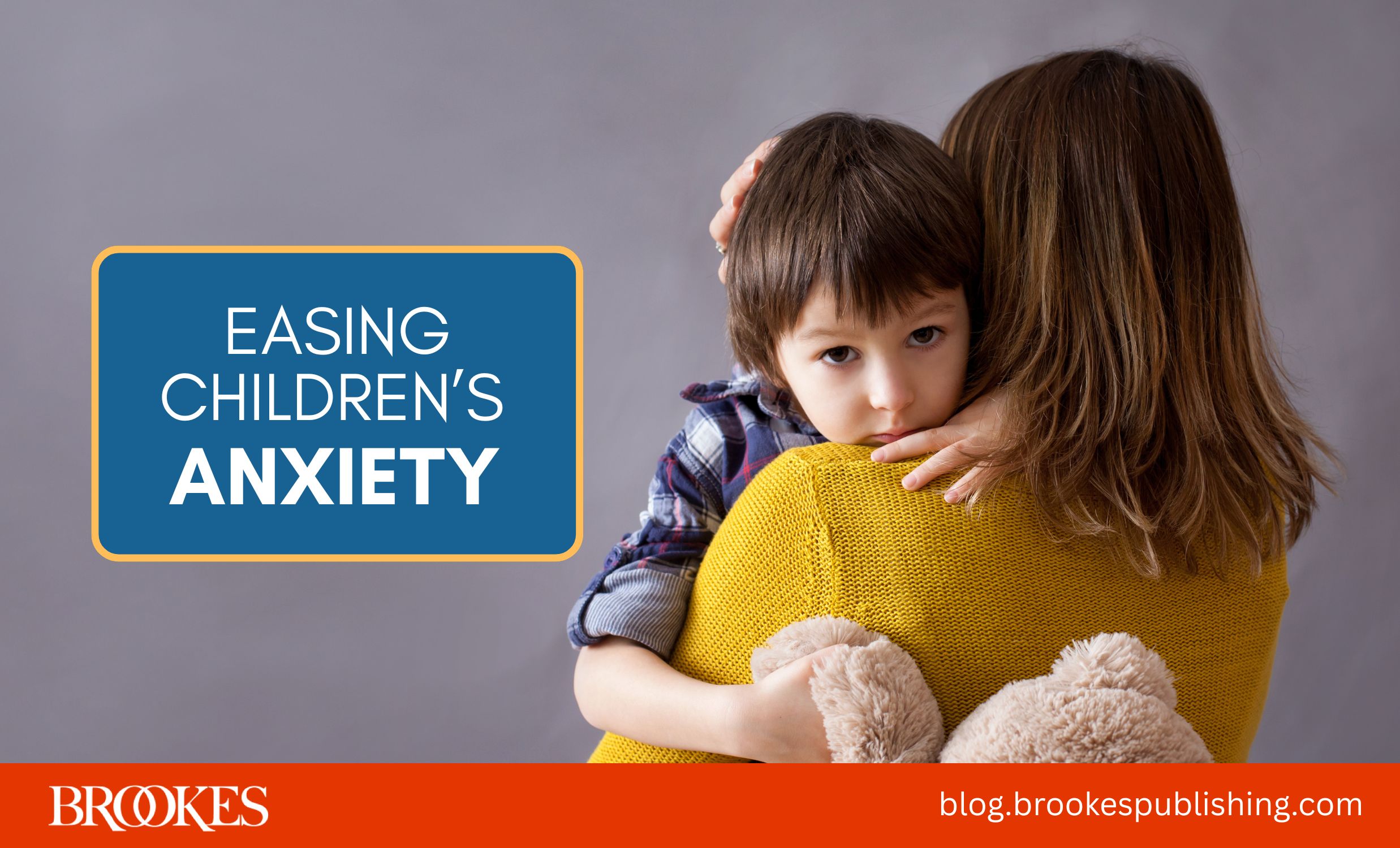3 Big Ideas for Creating Joy in Your School (and Yourself!)
September 19, 2017
Learning is more likely to happen when students experience joy and positivity in the classroom. Teaching is more effective when you take time to nurture your own happiness and well-being. If you’re nodding your head to these two statements, we’ve got a great post for you today. Brookes author Julie Causton and her colleague Kate MacLeod are here with some excellent advice on creating joy in your school—and practicing effective self-care, too. Use these practical ideas all year long to create warm, welcoming, and inclusive classrooms for every learner. Read on and tell us your favorite in the comments!
***
As teachers, we can help counteract stress, bullying, and anxiety in many ways. But today we have three big ideas to share with you. They are: 1) strategically cultivate joy and positivity in the classroom, 2) help students share joy and love outside the classroom, and 3) practice self-care. In this post, we’ll describe several strategies to help you start turning a stressful classroom climate into a more loving and joyful space.
Cultivate classroom joy

The first big idea is helping our students cultivate community by teaching strategies that require them to individually and collectively think about and share feelings of joy and positivity. By doing this, we can actually help raise our students’ feelings of happiness and re-experience positive experiences in their body. Here are a few strategies that can help you create more classroom joy.
Quick Jot
At the end of the day or class period, have students close their eyes and think of a positive moment. It can be a small moment or a big one. Next, have them write or draw that experience (depending on the age and writing skills of the student). Invite them to consider and feel each detail in the experience.
Turn and Talk
We love the idea of ending each day or class period by having students stop, find a partner, and share one happy moment. For students who may not want to talk, or who do not speak to communicate, you can invite them to draw/write about something that makes them happy. When they are done sharing, ask students to give each other a high five!
Blog It
Create a blog post at the end of the day where each student shares or writes one great moment from that day. Or if blogging isn’t your thing, create a handout for each day’s beautiful moments and place it in a binder that your class can add to each day. By the end of the school year, your class will have thousands of small beautiful moments that they can read through and enjoy.
Share the News
Cultivate happiness by creating a “Daily Happenings” newsletter during morning meeting or circle time, where you ask each student to share a best moment. You, a paraprofessional, or classroom helper can type the moments up, and then send the newsletter home at the end of the day. Parents in a classroom where this is done report that they love to learn about the day through this newsletter filled with words and images about happiness.
Share a Note
One teacher we know promotes classroom joy by writing tiny notes or draws simple images on Post-Its or small index cards a few times a week, each filled with specific praise and gratitude for the student. For example, he might write, “I love how you helped Aidan at center time today” or “Your comment about the scientific method today was so smart and thoughtful!” He shares these “messages of love” at random points throughout the day and asks students to share the note with friends, parents, or other caregivers. (You can also ask students to create these praise notes and drawings for each other!)
Share the love outside the classroom

The second big idea for creating joy in your school is to provide students with opportunities to share their love and skills outside the classroom through social action projects. These projects can help our students understand how fully their actions matter, helping them become advocates for themselves and others and opening their eyes to how they can make a difference. Below we’ve included a few ways to help your students think purposefully about how their actions can positively affect their peers, communities, and the world at large.
Reach the community
Here are a few social action projects you might want to try with your students:
- Create packages for new neighbors or those in need
- Put together a get-well kit for students who are staying home from school
- Plant a community garden
- Volunteer at a food bank
- Create audio files of books for people to listen to and donate them to local organizations or outreach programs
- Make cards for community members
- Create a 21-day random acts of kindness challenge
- Assemble a sandwich kit for students who forgot lunch or are hungry during the day
- Plant a tree
Reach the school
Here are a few starter ideas for you:
- Write a letter to the principal to get something changed
- Challenge students to solve a social problem (for example, help read to kindergartners, or make a plan to create gender neutral bathrooms)
- Have students develop a campaign to change a policy or rule
- Start an activism club
- Encourage students to collaborate on an action to improve their school (for example, pick up trash on the school grounds)
- Create a school recycling program (or improve the one you already have)
Reach a friend
Tell your students to take time to:
- Listen deeply
- Take on a responsibility when no one asked
- Support a friend
- Write a kind note
Practice self-care

We’ve been learning a lot about teacher happiness lately, and have learned a very important lesson: as an educator, YOU are the basis of all your relationships, experiences, and effective teaching. Your happiness and well-being have a dramatic impact on your teaching practices, your ability to create joy in your school, and your relationships with colleagues, students, and loved ones. So to help you practice self-care, we want you to take a few moments to think carefully about how you’re feeling, in both the micro and macro sense. How do you feel today? How do you feel in general? Fulfilled, balanced, stressed, satisfied, happy, anxious, relaxed? Something else? Now hold on to your answers and consider how you can better meet your own needs by doing the following quick activities.
Happiness reflection
Take time to answer these questions in writing for yourself. Set your phone timer for 5 minutes and write what comes to mind for each of these prompts. You can write, draw or simply say the answers to yourself.
- When was the last time I really laughed?
- Where do I feel deprived?
- What do I need more of to be happier?
- What do I need less of to be happier?
- Am I optimistic or pessimistic most of the time?
- What does happiness look like/ feel like/ taste like/smell like to me?
- What am I yearning for?
- What’s causing me to feel resentful and why?
- To increase my own happiness I really need______.
Decide what you need more of, and make a plan
To begin cultivating more happiness and self-care in your personal life, we ask you to create a list of what you need more of, based on your answers above. Is it laughter, sleep, dance, music, support, comfort, humor, meditation, yoga, reading for pleasure? Ask yourself, how can I design these things into my life to cultivate happiness?
Select (at least) one of the things from the list you created and make a plan of action. If most of your answers were about taking a vacation, but packing your bags to head to the Maldives is not in the cards, can you start to plan a trip that will work for your schedule and finances? Could you take a Saturday away from the kids, just for yourself? Can you take a personal day? Can you close your classroom door during your next prep period and have a diet coke?
Take time to celebrate the small (and big) stuff
We have found that we begin to have more fun when we celebrate things. Even little things: You woke up! Got the kids off to school! Remembered to feed the cat! Had a really delicious latte on the way to work! Find a way to celebrate triumphs and pleasures—the small stuff as well as the bigger victories.
Share joy
When you greet colleagues in the halls, consider what you can do or say to share joy. Can you share a tiny moment of happiness to invigorate someone else’s day? For example, “oh you should have heard my students talking about mitosis earlier!” or “I can’t wait to greet my class this morning.” Also, can you find small ways to celebrate others? One teacher we know recently bought a bag of Kudos bars and attached personalized notes to the bars for each of her colleagues, thanking them for all they do. Those notes brightened the day for her colleagues—and for her.
***
Huge thanks to Julie and Kate for being here today and sharing their wisdom on creating joy in your school. Read more from Julie Causton in these posts on creative lesson closures, SLPs in inclusive classrooms, and indicators of authentic inclusion. And check out her training options with fellow inclusion expert Kristie Pretti-Frontczak on their Inclusive Schooling website!




Write a Comment
Your email address will not be published. Required fields are marked *
Post a Comment